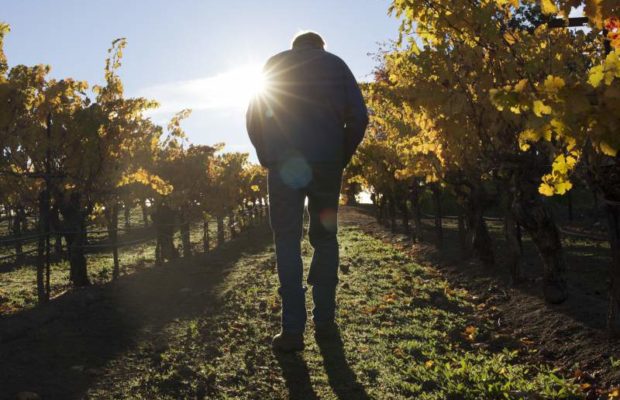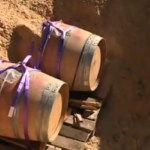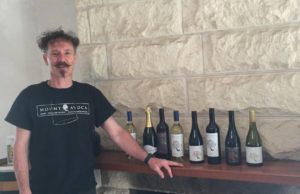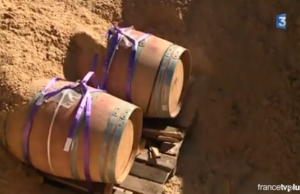Glowing lava, hot ash create delicious Sonoma County wines

The secret to Sonoma County’s world class wines? You’re standing on it.
It’s a bright September morning, and 700 feet above the Valley of the Moon, high up on the eastern slope of Sonoma Mountain, the sun is warming vivid green rows of grapevines. Along the terraced hillsides above Jack London State Park, every vine is hung with bunches of plump and firm blue-purple grapes awaiting harvest.
They are tended by Brian Shepard on land that once was Jack London’s original Beauty Ranch. Shepard grew up here on his famous relative’s mountainside. More than 100 years ago, London was a pioneer of sustainable farming, and Shepard carries on the tradition. His father, Milo, was also born here in 1925, just nine years after London’s death.
Tall, lanky, straight backed, Shepard deploys careful irrigation, soil amendments and an array of vineyard skills to keep the vines thriving for that one final ripening. He knows the character of every slope and hollow of his 180-acre ranch, and as he surveys the mountainside and vistas, it’s a scene of agrarian achievement and stunning beauty.
So it’s hard to imagine that the exact spot was once a hellish place. This slab of Sonoma County was once rocked by volcanic explosions and tremors, a scene of cataclysmic destruction, smothered by soaring columns of superheated ash, glowing lava, sulfurous fumes. Open fissures and erupting cones stretched in smoking lines from horizon to horizon, and the forests and life on the landscape were reduced to wasteland.
Today only the volcanoes’ bones remain, with hot springs and buried ash in the mountains called Sugarloaf, St. Helena, Mayacamas and Sonoma. But the two events, the harvest and the cataclysm, are intimately linked. The premium wines from Shepard’s vineyards are literally rooted in the violent history of the landscape.
Volcanic geology
Sonoma County has the distinction of being the most diverse premium wine-growing region in the United States, and the reason for that incredible variety can be found in its unique geology.
If the landscape were uniformly flat, grapes grown here would all be pretty much the same. But it isn’t flat. To the geologist’s eye, Sonoma County is a crazy quilt, the scene of an immense collision of forces and the resulting wreckage. And since the modern varieties of wine grapes and their fruit respond differently depending on the type of soil, the aspect of the land, exposure, slope and heat, the complex landforms are what determine where varieties of grape can be grown and how and, finally, shape the quality of the wines they produce.
Perhaps nowhere is this better seen than on Sonoma Mountain, a 14-mile-long, 8-mile-wide landmark in the heart of Northern California’s premier wine country, and the site of Shepard’s ranch.
At its forested peak, the view from Sonoma Mountain is more than 2,000 feet down. Off to the west, there’s a distant glimpse of blue ocean and east, there’s the matching rugged spine of the Mayacamas Mountains. The Napa Valley is just on the other side. Sonoma Mountain seems permanent, eternal, but a hundred million years ago the land here was out beneath the sea, part of the ocean floor, riding the sheet of crust that lies beneath the entire Pacific Ocean. Then that giant Pacific plate collided with the continental plate carrying California and the rest of North America. The continental plate was driven up and over the diving oceanic plate. In the process, vast swaths of the seabed were scraped off and mounded into the hills and bedrock of west Sonoma County.
The secret to Sonoma County’s world class wines? You’re standing on it. It’s a bright September morning, and 700 feet above the Valley of the Moon, high up on the eastern slope of Sonoma Mountain, the sun is warming vivid green rows of grapevines. Along the terraced hillsides above […]
Click here to view original web page at www.pressdemocrat.com



















